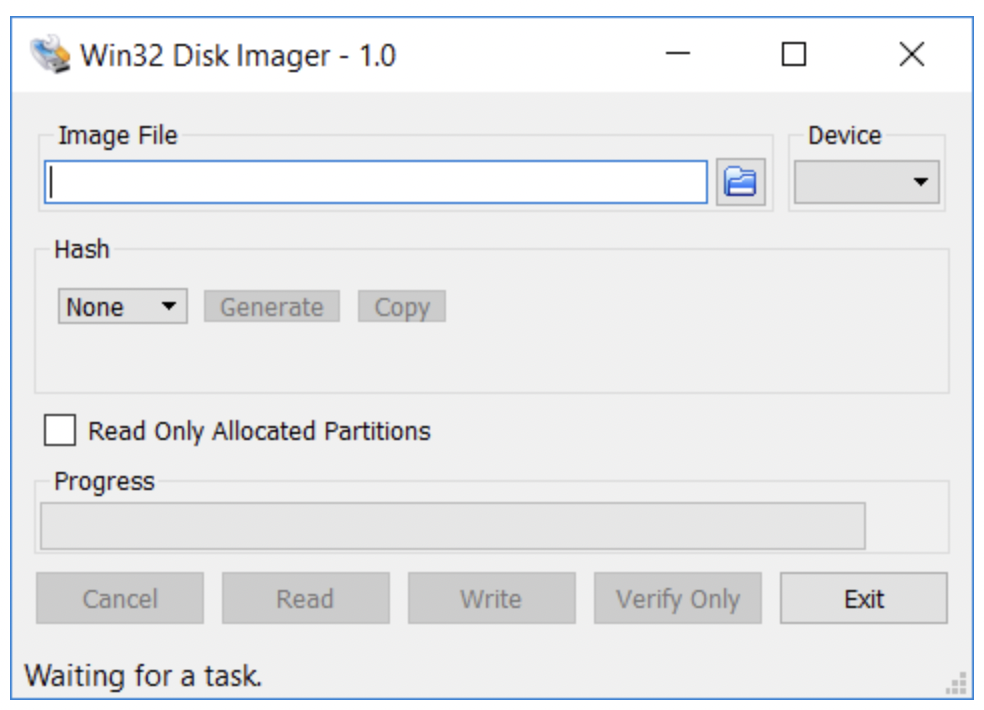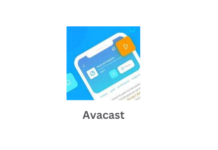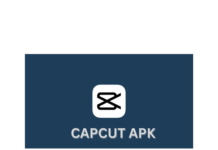Win32 Disk Imager is yet another open-source software that simplifies the process of writing raw disks to a detachable device or creating a backup of a removable device to an image file. This utility is also used to write a raw backup of a removable device to a hard drive and vice versa. Most developers use it in embedded development projects, such as Raspbian and ARM development projects based on Ubuntu or Android. However, it has a restriction – it cannot write images to CD-ROMs.
Like other open-source projects, this one is also available for developers to modify and patch broken issues. The software is easy-to-use – with an interactive user interface, provides efficient management, and supports cross-platform compatibility by operating on Windows, and iOS and Android devices. But the support for USB Floppy isn’t available.
Win32 Disk Imager is a lightweight software, which means that you can run it on a computer that has as minimum disk space as 44 MB. In addition to its size, the utility has several interesting features starting with the verification image option that allows you to verify the device with an image file by comparing the file to the device – not the other way around. For instance, if you write 4G image to a 16G device, it will only compare the 4G data. Plus, it is embedded with additional SHA1 and SHA256 checksums, which further strengthens the verification process.
The utility also includes read-only allocated partitions, which means that it gives the option to read the file only by the end of the specified partition. For example, if you are writing a 3G file to a 32G device, the file will only read to a new file by the end of the allocated partition. This ensures the security of the image and speeds up the reading process. Furthermore, you can easily access the last opened folder as the program stores it in the Windows registry and goes back to it by default upon subsequent execution.
Creating a bootable USB through Win32 Disk Imager is a simple 4-step process. First, you need to copy the ISO file (it’s the file you want to write on the device) and the software program – Win32 Disk Imager. The utility can be downloaded easily from the main website. Second, the tool will format the USB or removable drive, once you plug it, to prevent any overwriting. You can execute this step manually as well. Third, open the software Win32 Disk Imager, select the USB drive that will serve as the destination as well as the ISO image that you want to write. The final step involves writing the ISO image on the removable destination drive by selecting the file path and clicking on the ‘write’ button. It’s as simple as that!
Once the image is successfully written on the drive, a pop-up will inform you of the successful execution and you will be free to remove the device. Win32 Disk Imager is one of the oldest and most reliable software for flashing low-level devices. The simple UI and great performance further make it a success!


















